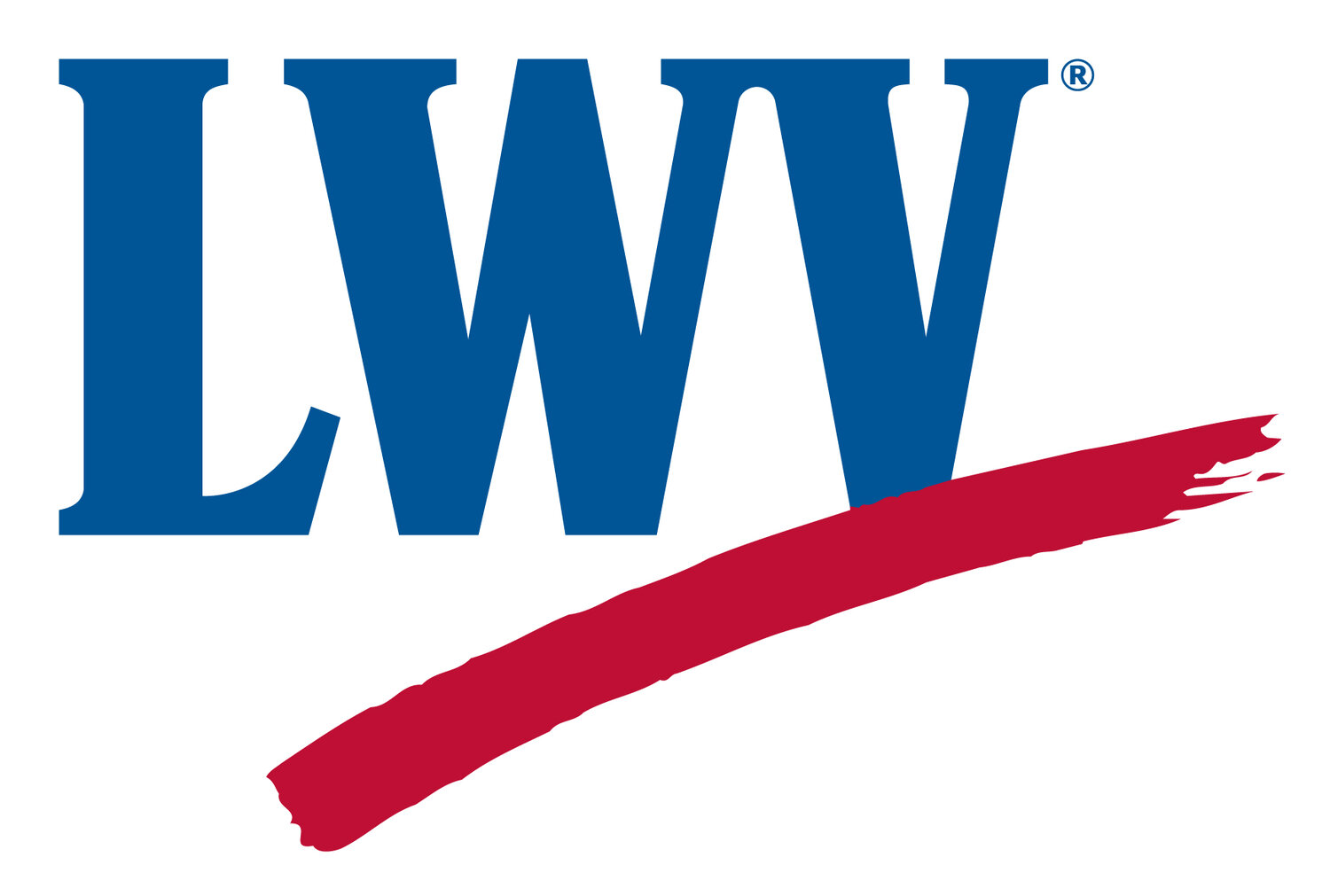The League’s goal pertaining to affordable housing is “access to decent housing and a suitable living environment affordable for all. The League supports programs, policies and regulations to address the housing needs of low- and moderate-income families and individuals.” Basic human needs must be met before people can participate fully in our democracy.
We recognize that the proposed inclusionary zoning ordinance is only one component of a multifaceted plan to resolve the housing crisis; much more is needed. Fundamentally, we cannot rely on the private sector to fix this public problem. However, we feel it is critical to ensure that specific requirments of affordability are integral to planned development, and not a good-faith negotiation, which is current practice.
The LWV–Salem had the good fortune to be at the table while the details of the ordinance were being explored by the city. The components of the ordinance reflect the specific needs of the city, which were informed by data that populated a financial feasibility model. The data included housing market data from the Warren Group and the U.S. Census Bureau as well as interviews with Salem residents and local housing experts including lenders, developers, and land-use board members. The goal was to strike a balance between providing the most meaningful affordability for Salem without driving development away with untenable demands.
Key proponents of the ordinance:
Number of units: The ordinance would only apply to developments with a net increase of 6 or more units. If the ordinance applied to development projects with fewer units than 6, smaller developers would be faced with a financial burden that could prevent anything other than large projects moving foward in Salem. This would ultimately counteract the need for more housing.
Definition of affordability: The inclusionary zone would make 10% of the units affordable to households at or below 60% of area median income (AMI). The standard definition of affordability is 10% of units at 80% of AMI, which may be adequate in other cities, but would not benefit the majority of Salem residents. When studying the financial feasibility model, we played with deeper levels of affordability, tiered approaches, and higher percentages of units. Ultimately, it was more important to have the deepest possible level of affordability than a shallow level of affordability across a larger number of units.
Fractional payments: In the event that a development project has a number of units resulting in a fraction of a unit, for example 12 units with 1.2 affordable required, the ordinance requires a payment into the Salem Affordable Housing Trust Fund, which would support the city’s efforts to maintain and grow city-owned affordable housing. City-owned housing offers deeper levels of affordability and can also provide wrap-around support services in addition to housing.
Incentives: We appreciate the flexibility in the incentives, particularly with regard to parking reductions. There have been requests to more clearly define the point of measurement from the commuter rail station, and we agree that this would be a good clarifying point, but fundamentally, we feel that reducing the number of required parking spaces will result in deeper levels of affordability. The other enticements to reduce car reliance, such as car-sharing benefits, stipends for residents without cars, public transit passes, are creative solutions to mitigating traffic and improving environmental pressures from increased car traffic.
And finally, the LWV–Salem enthusiastically endorses the permanence of the ordinance, which does not allow for conversion back to market rate. Rather, it establishes that the units are designated affordable in perpetuity. We are also firmly in agreement with the provision to ensure that the units are equitable and on-site.
Reliance on private developers to fully solve the housing crisis would never work, but this ordinance codifies a measure of protection from development geared only towards those who can afford an ever-increasing market rate. It fills a need by expanding housing stock across a range of income levels, and it establishes firm guidelines for affordability.

